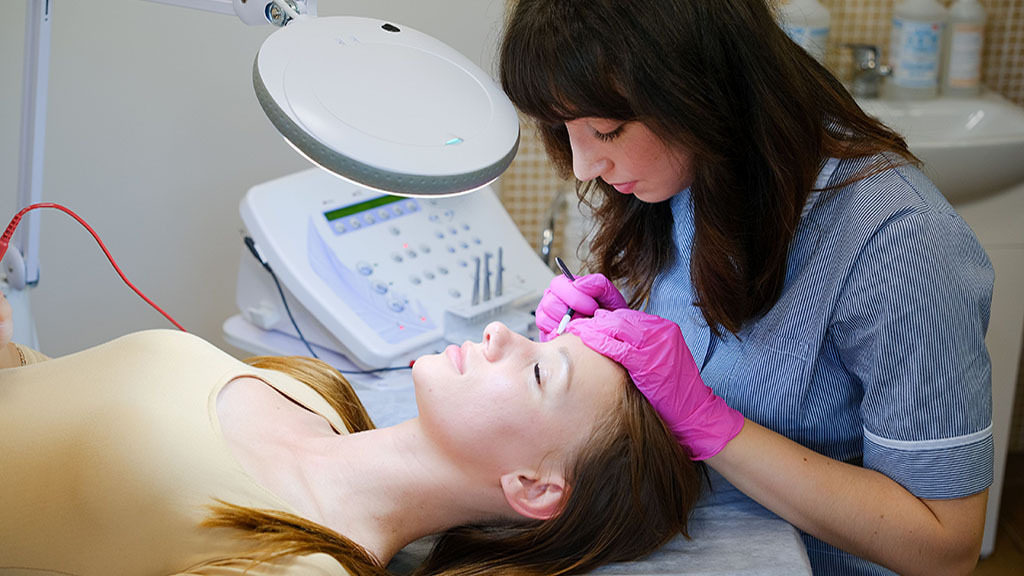
WHAT IS ADVANCED ELECTROLYSIS?
Electrolysis has been employed for over a century in the treatment of various skin conditions. Rest assured, the technology has significantly advanced over the years. As a BSC LEEDS clinic, our expert Electrologists possess the latest qualifications in advanced training, consultation, and health and safety.
Our top priority is your comfort and well-informed experience throughout your visit. In certain cases, a series of treatments may be necessary to achieve your desired results.
Please explore our treatment pages for comprehensive information on the electrolysis treatments available at the Advanced Electrolysis BSC Clinic in Leeds.
We can effectively address the following skin concerns:
Removing Skin Tags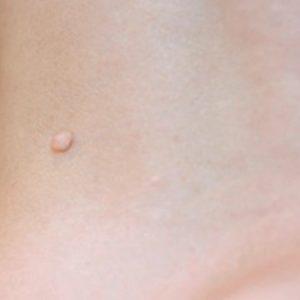
Most of us are familiar with those pesky little imperfections known as skin tags. While they pose no health risks and remain inconspicuous when small, it’s quite bothersome when they snag on jewelry or rub against clothing. If left to grow to a larger size, they can become unsightly and more challenging to eliminate.
At the Advanced Electrolysis Clinic in Guiseley, Yorkshire, our skilled electrologists can swiftly and effortlessly remove skin tags, ensuring they never trouble you.
Removing Wart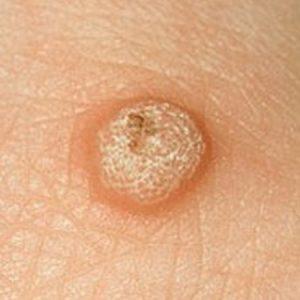
Syringomas – Understanding Their Nature and Causes
Syringomas, a skin condition with an unfamiliar and somewhat alarming name, are actually harmless, non-cancerous growths. Typically tiny, measuring no more than 3mm in diameter, they often develop due to an excessive proliferation of cells in the sweat ducts. It’s common for syringomas to be confused with milia, but unlike milia, they consist of soft tissue rather than harder keratin.
One of the most common locations for syringomas is beneath the eyes, where they often manifest as vaguely cream-colored elevations. Due to the sensitivity of this area, any syringoma removal or reduction treatment must be skillfully conducted by trained practitioners.
Mole Reduction
Many individuals have moles, and most don’t pay them much attention. They are often not large or noticeable enough to be considered unsightly, although they can make you self-conscious if they are on your face or in a highly visible location.
If prominent moles are causing you embarrassment, our cosmetic procedures utilize safe and established electrolysis techniques to swiftly and effectively remove or reduce moles.
Removing Blood Spots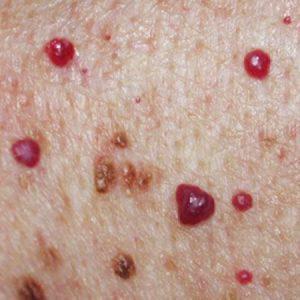
Blood Spots are the result of small veins located just beneath the skin’s outer layer. While they are a common condition, they are sometimes referred to by less common names, such as Cherry Angiomas or Campbell de Morgans.
The most distinctive feature of a Blood Spot, as the name implies, is its bright red color. These blemishes typically have a dome-shaped appearance and can range in size from as small as 2mm to as large as a thumbnail.
Although Blood Spots can appear anywhere on the body, including the face, they are most frequently found around the midsection. They can also develop on the back and chest, protruding from the skin’s surface as they grow larger.
What is Facial Red Veins?
Blemishes and discoloration always appear more concerning when they affect the face, even if the affected area is relatively small. Unfortunately, the facial region is where Thread Veins, sometimes referred to as Broken Thread Veins, are most commonly found.
There’s no single determining factor for whether you’ll be susceptible to Facial Red Veins, or they might be easier to prevent! Potential causes include damage from sun exposure, environmental factors, hormonal fluctuations, and genetic predisposition. Excessive use of harsh skincare products can also contribute.
In addition to the face, Red Veins can sometimes appear on the body and legs. It’s a common misconception that their red appearance is due to blood escaping from broken capillaries; in reality, these veins are permanently dilated rather than broken. As we age, these veins lose their ability to contract after temporary dilation, resulting in their continuous dilation, making them more noticeable.
Treatments for reducing & removing Xanthelasma?
Most individuals recognize the white or yellow blemishes produced by Xanthelasma, even if they may not know the name of the condition itself. These deposits are typically located on the eyelids and are caused by naturally occurring fatty substances in the skin. While it’s believed that Xanthelasma may be linked to high cholesterol, this association is not universally accepted.
Xanthelasma is a variant of the broader condition known as Xanthoma and demands cautious treatment due to its occurrence on delicate skin in a highly visible area of the body.
Reducing Sun Spots and Age Spots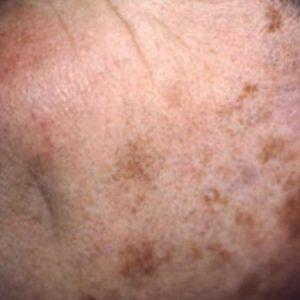
Understanding Sun Spots and Age Spots: Appearance and Causes
As we age, the cells responsible for producing collagen gradually become less efficient. This can result in the gradual accumulation of yellowish pigmentation, commonly referred to as either Age Spots or Sun Spots. Identifying this condition is relatively straightforward – these spots are smooth and do not protrude from the skin. They have a significant pigmentation but are not dry or crusty to the touch.
How to Prevent Age Spots Initially
Before delving into prevention, it’s important to note that if you already have Age Spots or Sun Spots, there’s no need to be overly concerned.
However, it’s undoubtedly preferable to avoid acquiring Sun Spots in the first place. Reducing the adverse effects of sun exposure is pivotal in achieving this goal. To err on the side of caution, follow the recommendations of the Skin Cancer Foundation, and don’t reserve sunscreen for vacations – apply SPF30 daily. We can assist you by offering a suitable range of SPFs, all of which are effective in shielding you from UV rays. Your Electrologist will guide you in selecting the right product for your skin type.
For comprehensive UV protection, it’s crucial to apply SPF separately from makeup or moisturizer – combined products, in our experience, tend not to provide the same level of UV safeguarding.
Reducing Syringomas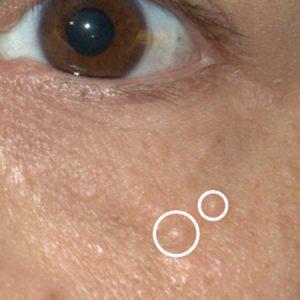
Understanding Syringomas: What They Are and Their Causes
Syringomas, despite their unfamiliar and somewhat alarming name, are benign tumors that pose no harm. They are typically very small, usually no more than 3mm in diameter, and often result from an overgrowth of cells within the sweat ducts. Syringomas are sometimes mistaken for Milia, but unlike Milia, they consist of soft tissue rather than the harder keratin.
One of the most common locations for syringomas is beneath the eyes, where they often present as slightly cream-colored bumps. Given the delicate nature of this area, any treatment for Syringoma Removal or Reduction must be conducted with care by trained practitioners.
Removing Sebaceous Cysts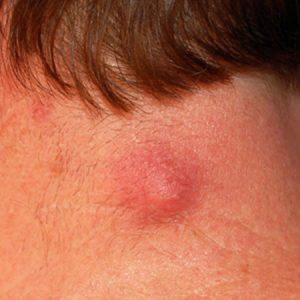
Understanding Sebaceous Cysts: Their Nature and Formation
Sebaceous Cysts don’t have a one-size-fits-all description. They can develop in various body areas, such as the neck, back, face, or scalp, and their size can range significantly, from less than a centimeter across to larger than a golf ball.
The formation of Sebaceous Cysts is attributed to the accumulation of a entirely natural substance known as sebum, which the body produces as a lubricant. Excessive sebum production results in the development of a Sebaceous Cyst
Verruca Removal
Dealing with Verrucas: Understanding and Effective Treatment
It’s a rare childhood that passes without encountering at least one Verruca, that familiar yet unwelcome memento of a trip to the swimming pool!
The reality is that Verrucas, also known as Verruca Warts, can affect people of all ages and can prove to be annoyingly persistent.
Here at the Advanced Electrolysis Clinic in Leeds, we possess the expertise to treat Verrucas effectively, sparing you the disappointment often associated with over-the-counter remedies.
So, what exactly are Verrucas, and how do they develop? Most of us are familiar with the unwelcome sight of a Verruca, sometimes referred to as a Plantar Wart, found on the sole of the foot. These blemishes have a relatively flat appearance and often exhibit tiny black spots, indicating their blood supply. Another distinctive feature is the presence of hardened skin surrounding the central core of the blemish, which is, in fact, keratinized tissue.
One reason Verrucas can feel more painful compared to other types of warts is because they are forced deeper into the skin through activities such as walking or even just standing.
Sebaceous Hyperplasia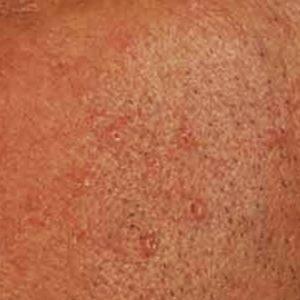
Understanding Sebaceous Hyperplasia: Appearance and Occurrence
Sebaceous Hyperplasia may sound like a complex term, but it manifests as one or more small bumps on the skin. While it’s most frequently experienced by individuals with oily skin, it can affect people of all skin types, particularly after sun-exposed holidays.
These characteristic bumps associated with Sebaceous Hyperplasia can appear in various colors, including white, pink, yellowish, or they may blend in with the surrounding skin tone. If you’re uncertain whether you have this condition, look for a central, dimple-like depression within each bump.
Sebaceous Hyperplasia can manifest as a solitary small bump or a cluster of them, commonly appearing on the chin, forehead, or chest – areas of the body in proximity to oil glands.
